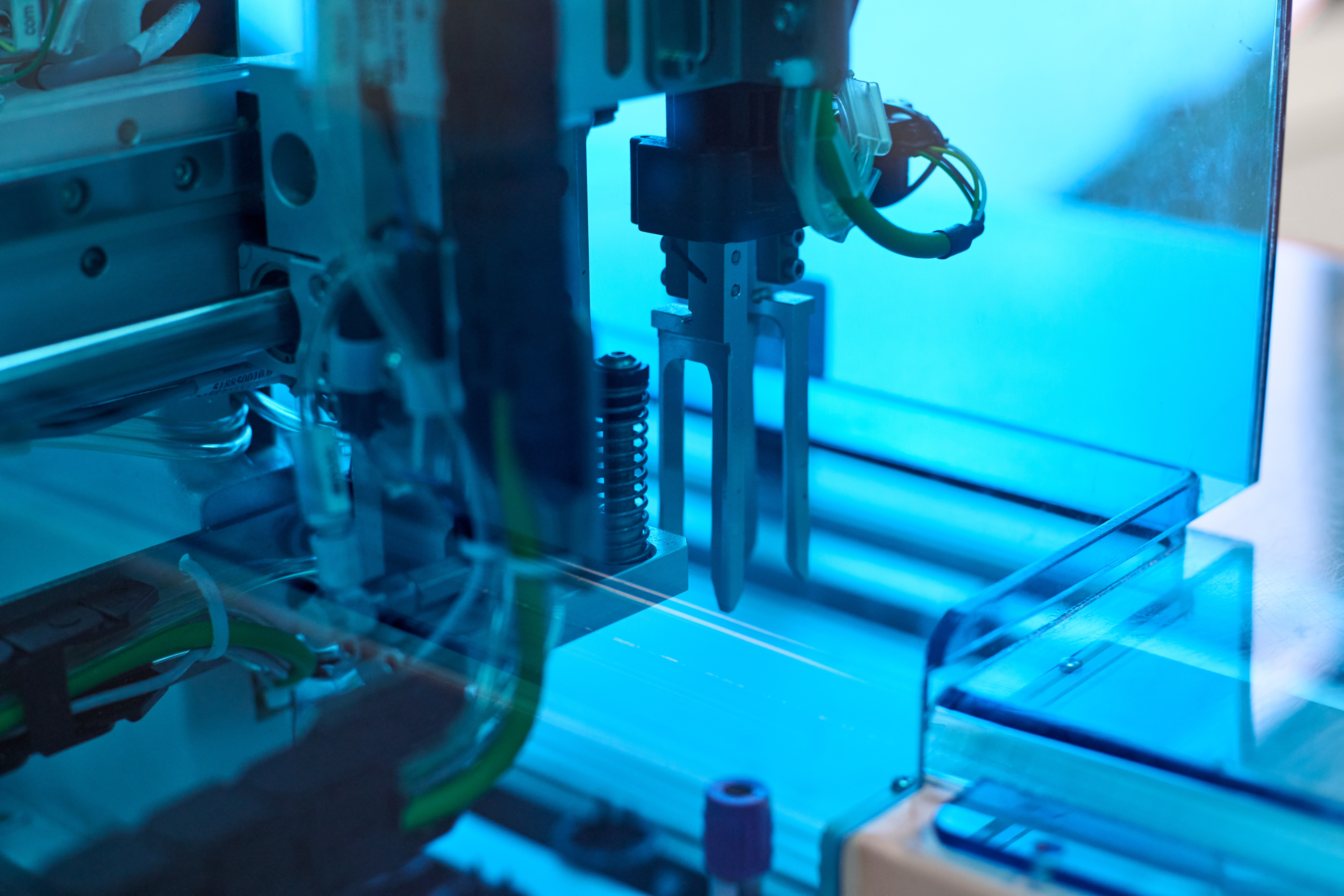Could top-down design be the solution to your product development pain? Let’s find out more.

If you’ve ever been part of a design project when a small change to a part of the model turns into a massive job because it affects many other components, perhaps you should try top-down design.
In this article, we’ll explain exactly what top-down design is and its benefits. So, let’s start at the top.
What is top-down design?
Top-down design is a CAD methodology that aims to make product development more simple and minimise the problems that arise when relationships change between interdependent components.
It works by placing the initial focus on the concept of the product and its overall shape. For example, if you were designing an electric sports car, you’d begin with the vehicle's silhouette and its aerodynamics.
Once you’ve got the concept in place, other teams will work on what goes below it, such as the battery, the gears and the driver controls. Under that would go the drivetrain, the headlights and the car’s structural supports.
The skeleton is key
The first basic sketch is called the skeleton. It’s where you capture the concept, no matter how basic. However, it’s vital at this stage to begin to track interdependencies between different components in the design. For example, some skeletons may also include motion or kinetic attributes.
The skeleton sits at the top of the model tree, waiting for others to add more complexity. The important thing is to communicate the concept, its intent and allow space for others to add more features.
Benefits of top-down design
Top-down design can be used when designing nearly any complex machine, whether it’s a printer, medical device, vehicle, hair trimmer or anything else.
When you use top-down design on your project, you gain three valuable benefits:
- All the geometric information you need on your design is contained in your skeleton, while your engineering notebook stores your dimensions and calculations
- Data is shared to each separate component (including features) during the entirety of the design process
- You can automatically manage relationships between components and features, avoiding those times when small changes lead to massive issues
If you use an engineering notebook like PTC Mathcad, any changes in the design are applied automatically to all affected components, so you always have the correct version at your fingertips.
Techniques in product development are constantly evolving. Top-down design helps manufacturers save time bringing products to market. It also lowers costs and minimises mistakes. If you aren’t employing top-down design in your process, maybe it’s time to start?
Find out how you can spend less time documenting and more time engineering by downloading your Mathcad free trial today. Click the link below to register for your free trial.
